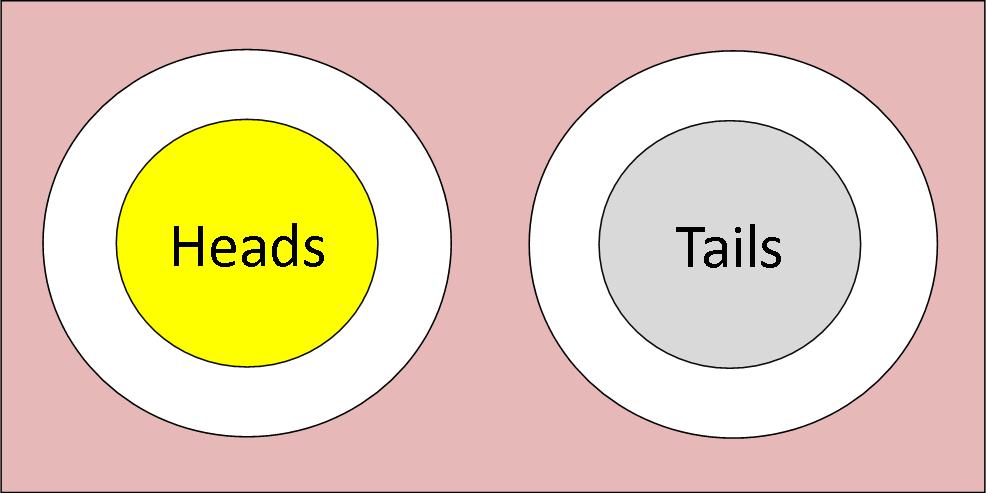When it comes to making quick decisions or settling a friendly debate, nothing beats the classic “heads or tails” coin toss. This timeless method has been used for centuries, relying on a 50/50 chance to determine an outcome. But what makes heads or tails so popular, and how can you use it in your daily life? In this article, we’ll dive into the history, applications, and even the fun side of the heads or tails game.

What Does “Heads or Tails” Mean?
Heads or tails refers to the two distinct sides of a coin—heads typically showing a face or figure, and tails displaying the opposite design. When you flip a coin, you’re leaving the result up to chance, with each side having an equal probability of landing face-up. It’s a simple yet effective way to make random choices without bias.
The prase “heads or tails” has become synonymous with decision-making, and it’s often used in casual conversations like, “Let’s flip a coin—heads or tails?”
The History of Heads or Tails
The origins of flipping a coin date back to ancient times. The Romans played a game called navia aut caput (“ship or head”), using coins with a ship on one side and a head on the other. Over time, this evolved into the modern heads or tails we know today. Whether it was deciding disputes or starting a game, the coin toss has long been a symbol of fairness and randomness.
In modern culture, heads or tails is famously used in sports. For example, the coin toss before a football game determines which team kicks off—a tradition rooted in this age-old practice.
How to Play Heads or Tails
Playing heads or tails is as easy as it gets:
- Grab a coin: Any coin will do—whether it’s a quarter, a penny, or a foreign currency.
- Assign the options: Decide what “heads” and “tails” will represent (e.g., “heads I win, tails you win”).
- Flip the coin: Toss it into the air and let it land.
- Check the result: Heads or tails? The outcome decides!
You don’t even need a physical coin anymore—online heads or tails simulators are widely available for a quick virtual flip.
Why Use Heads or Tails?
There are plenty of reasons people turn to heads or tails:
- Quick Decisions: Can’t choose between pizza or tacos for dinner? Flip a coin!
- Fairness: It’s a neutral way to settle arguments or pick teams.
- Fun: Heads or tails can turn into a lighthearted game among friends.
Plus, it’s a great tool when you’re feeling indecisive. The simplicity of heads or tails eliminates overthinking and lets fate take the wheel.
Heads or Tails in Probability
From a mathematical standpoint, heads or tails is a perfect example of probability in action. Each flip has a 50% chance of landing on heads and a 50% chance of landing on tails. This 50/50 split makes it a classic case study in statistics, often used to teach concepts like randomness and the law of large numbers.
Fun fact: If you flip a coin 100 times, you won’t get exactly 50 heads and 50 tails every time—randomness means results can vary, but they tend to even out over many flips.
Heads or Tails in Pop Culture
The heads or tails coin toss has popped up in movies and books as a dramatic plot device. Think of the iconic scene in No Country for Old Men, where a coin flip decides a character’s fate. It’s a simple act that carries big weight, symbolizing chance and uncertainty.
Try Heads or Tails Today
Ready to give it a go? Whether you’re using heads or tails to make a tough call, start a game, or just have some fun, it’s a universal tool that never goes out of style. No coin handy? Search for a “heads or tails online” tool, and you’re good to go in seconds.
So, next time you’re stuck, ask yourself: Heads or tails? Let the coin decide!